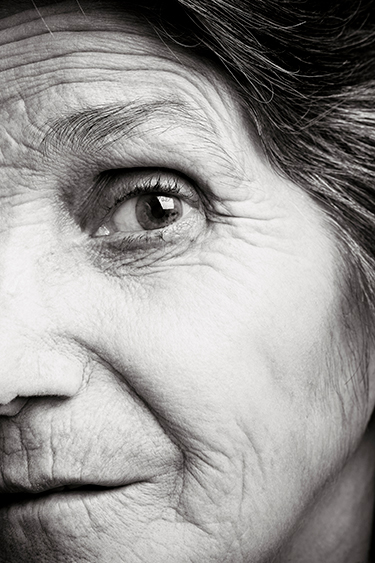Discoveries
Eyes on the Brain
Feb 24, 2019 Jeremy Deutchman
Gifts that Count: Aging and Longevity

Photo: Getty Images
Imagine having a tool that can diagnose an illness 20 years in advance.
Philanthropic support led to such a breakthrough: a simple, noninvasive eye exam to detect Alzheimer’s disease up to two decades before it becomes symptomatic.
Previous diagnostic methods—which are invasive, inconvenient, and impractical for use as routine screening—revealed changes to the brains of Alzheimer’s patients only after the disease had progressed to late stages.
The advance was based on the pioneering work of research scientist Maya Koronyo, PhD, and research coordinator Yosef Koronyo, MSc, LLB, and further developed by Keith Black, MD, chair of the Department of Neurosurgery, director of the Maxine Dunitz Neurosurgical Institute and the Johnnie L. Cochran Jr. Brain Tumor Center, and the Ruth and Lawrence Harvey Chair in Neuroscience.
It uses optical imaging to scan the retina and identify the presence of amyloid plaque—a hallmark of Alzheimer’s and, potentially, a key to early intervention. A large clinical trial in the United States and Australia has shown promise for identifying patients with the disorder.
► Donor funding also supported research that contributed to new understanding of movement disorders like amyotrophic lateral sclerosis (ALS), dystonia, and Parkinson’s, showing that cognitive impairment from these diseases can be treated effectively with a class of drugs used to address symptoms of Alzheimer’s.
More Gifts that Count Stories
- Innovations in Healthcare and Technology: Triumph for Transplants
- Precision Health and Targeted Therapies: A Gut Check for Precision Medicine
- Aging and Longevity: Big Leaps for Baby Steps
- Disease Prevention and Control: Abreast of Trends in Cancer
- Education and Training: Top Training, Superior Skills


